
Museum of Textile Art
Discover the only museum in Spain and probably in the world, in which the industrial process of manufacturing garments is explained through the so-called "Vertical Process", especially interesting because it includes all the phases, spinning, weaving, dry cleaning and finishing, and cut and sew. We watch the whole process, from the arrival of the raw material to the departure of the ready-made garment. The machinery and objects necessary in each of the phases of the manufacturing process are shown in the museum..
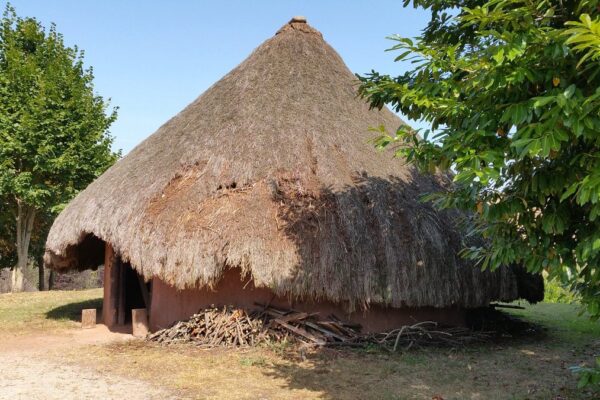
The Cantabrian Town of Cabezón
Go back in time more than 2000 years and relive the history of the Cantabrian people. You will visit their cabins, you will know their customs, lifestyle, your craft. The visit to the Poblado Cántabro is one of the favorites of families with children.
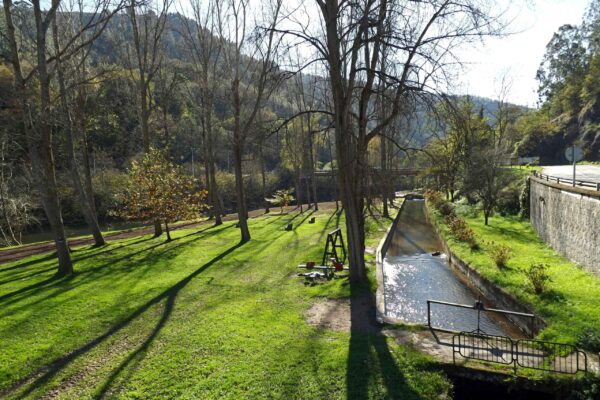
Campa de Santa Lucia Park
Public park with swings for children. Ideal place to stroll between draft beer, rest and bathe in the river Saja. In the upper part of the Camp, behind the bridge, there is a barbecue. It is a very quiet and pleasant area to spend the day with an omelette or a sandwich.
From the Campa de Santa Lucía we have wonderful views over the Sierra de Cos and the Sierra del Escudo de Cabuérniga, with the Hoz de Santa Lucía between the two heights.
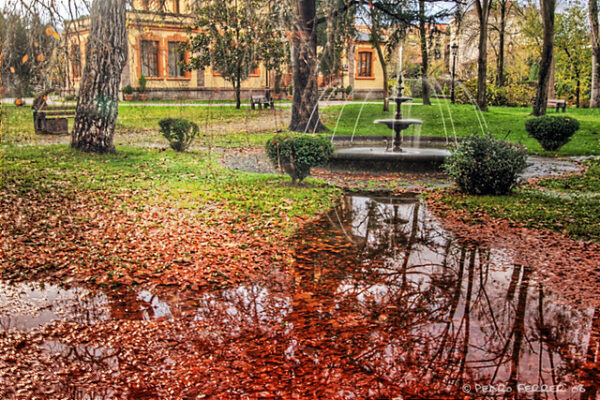
Conde San Diego Park
inside this enclosure, current headquarters of the House of Culture, one can enjoy an environment in which to contemplate specimens of different tree species, some of them of marked exotic character and not easy to observe in our region.
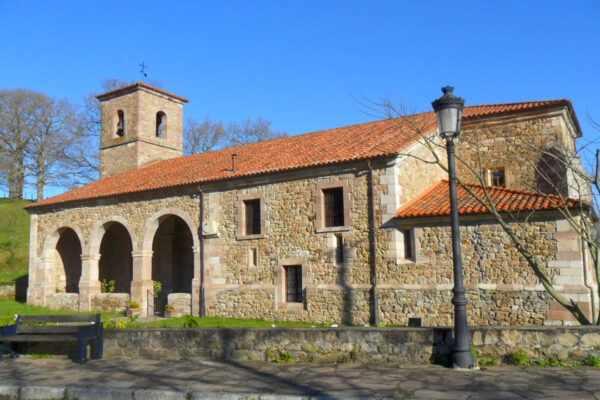
Churches and hermitages in Cabezón de la Sal
Among the elements of great importance within the rural mountain architecture we find the churches, hermitages and chapels. These buildings play an important social and territorial role, in addition to the role they play in many villages as a central element and articulator of the different population centers. Religious architecture contains an important architectural and artistic heritage. Ej:Parish Church of San Bartolomé Located in Ontoria is a 17th century church, basilica plan in four sections, with two parallel apses facing northwest and a tower at the foot. Masonry walls and masonry stone.
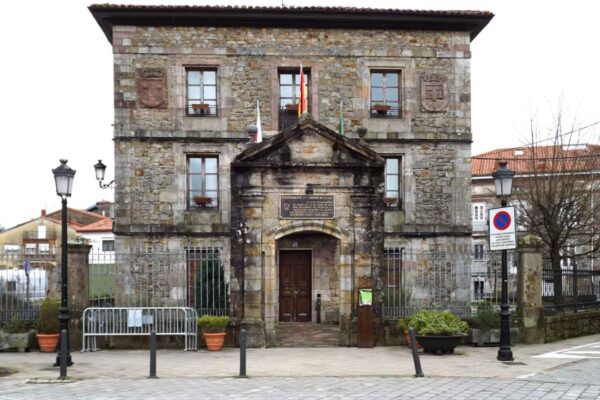
Town Hall
Building built thanks to the donation of Don Pedro de Alcántara Ygareda y Balbás. Originally intended for a girls' school, kindergarten and elderly in charge of the religious congregation Daughters of Charity.

Carrejo Mill
It was the first fluvial corn mill in Cantabria. The first references to this mill date back to the 18th century, and has remained in operation until the 20th century.
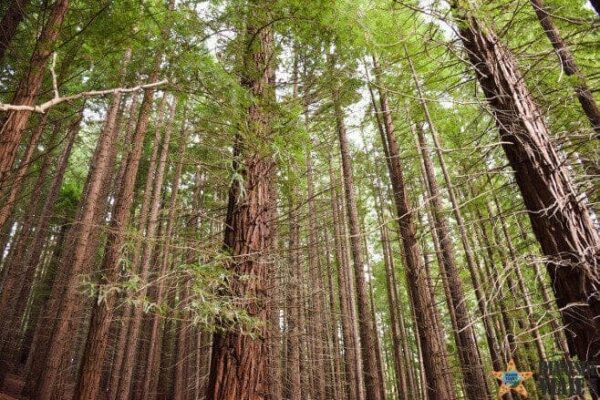
Sequoia Forest
The Sequoias of Monte Cabezón are a Protected Natural Area of Cantabria, declared Natural Monument,and included in the Network of Protected Natural Areas of Cantabria.